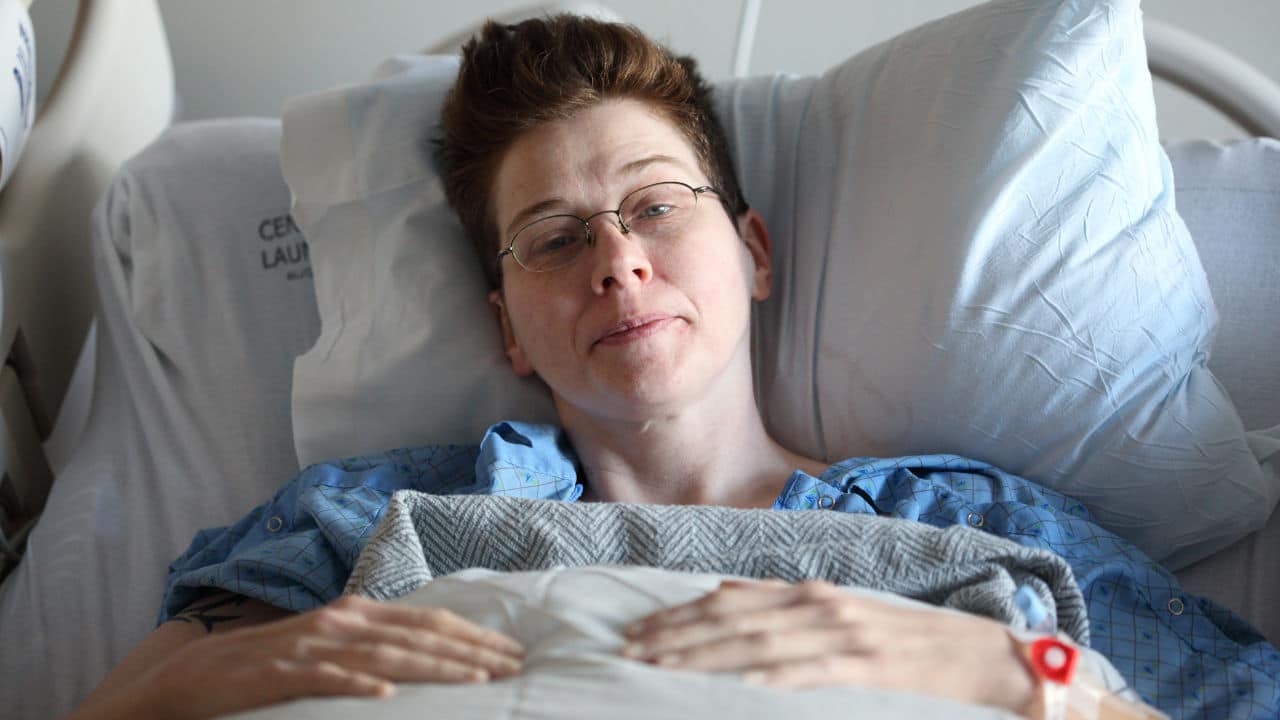Nucleoplasty, unlike many surgical procedures, may be among the quickest forms of surgery. Done within 30 minutes to 1 hour, it can be an in-and-out situation for the patient.
However, a little error could change the entire storyline. It could lead to the patient’s demise or cause a severe malfunction in that individual. To carry out a nucleoplasty, the classification of the hernia of the disc is dependent on how severe the bulge is. The lowest degree is a protrusion; mid degree is an extrusion, and the most severe degree, is a sequestered disc. Thus, the treatment options depend on the severity of the bulge.
What is Nucleoplasty?
A nucleoplasty is a minimally invasive procedure that is carried out to treat pains. These are mostly pains in a person’s back or in the legs, which are caused by herniated discs. With a herniated disc, the soft center of the spinal disc is pushed through a crack in the tougher exterior casing. This procedure is done to relieve a person of chronic pain in the back or legs and restore his/her mobility.
As intimidating as the name might seem, the process of nucleoplasty is quite the opposite. The procedure only requires an incision in the skin through a needle. It does not include a surgical incision like a lumbar discectomy which is an alternative. It is usually done to people whose pains have lasted for at least 6 weeks after other treatments have failed. Hence, in an extreme case.
The major need for a nucleoplasty is low back pain (LBP). It could also affect the leg.

Who Needs A Nucleoplasty?
One might need to start considering nucleoplasty if you have chronic back pain that doesn’t go away. If it has been confirmed to be a hernia, you’ll need to see a surgeon. Here are some examples of cases that needed nucleoplasty.
Case References
In the case of Pino v State ex rel. Wyoming Worker’s Safety & Compensation Div., the plaintiff, an employee of Cowboy Dodge, claimed that he obtained a herniated disc in his back while working.
The plaintiff stated that he was injured on the job. However, the defense countered that the herniated disc was a result of a cough that happened in the defendant’s home. Whatever the case, it was discovered that there was a bulge in a disc in his back. This was revealed after carrying out a Magnetic Imaging Resonance (MRI) test. Due to this, he would need to undergo a nucleoplasty procedure.
In another case, Batchelor v Geico Casualty Company, there was an accident on the highway in Florida. A road user struck the front passenger seat of the plaintiff’s insured vehicle. At the time, plaintiff did not report any injuries concerning the accident. However, soon after, she began to feel pains in her lower back. She went to her chiropractor, who, after conducting a magnetic resonance imaging study of her lumbar spine, discovered that she had two disc herniations. She went for further consultation with her neurologist. It was then confirmed that a nucleoplasty was required to restore her discs.
As stated earlier, the nucleoplasty procedure is a quite simple procedure that is usually done within 30 minutes to 1 hour, and has a low-risk percentage. Moreover, it is very safe. Therefore very rare to find complications or serious side effects.
However, patients who undergo this procedure can experience post-procedure side effects. This includes soreness at the site of needle insertion, infection of the wound, new numbness/weakness, nerve damage, recurring disc herniation, muscle spasm, bleeding, bowel/bladder symptoms, etc.
Hence, any medical practitioner that causes major complications from the procedure is a result of negligent actions and carelessness.
Proving Complications From Procedure Using Legal Animation
Despite the low-risk percentage of the nucleoplasty procedure, there are still complications that could arise from it and lead to a court case. Being a sensitive issue, it can be devastating not to get justice in the case of a poorly done procedure by the medical practitioner.
That is why the use of legal animation to illustrate the facts involved is highly needed. After all, an attorney would need to be able to facilitate their defense to get the jurors on their side and secure a win!
With the use of law graphics, the court will be able to watch a visual representation of what the spinal cord looks like with the discs in their normal state and what it looks like when there’s a bulge or protrusion. It will also enable people to see how this would affect a person’s posture, stability, and mobility, hence causing pains in the back which could as well spread to the legs.
In addition, legal animation would show how the nucleoplasty procedure is administered to the patient with the instruments used and in the exact area on the back. This would aid the court in knowing what went wrong and how. In a case of negligence on the part of the medical practitioner, the area of wrong administration would be portrayed clearly for all. Through this, they know the right way the procedure should have been done and, therefore, that it wasn’t done rightly.
In conclusion, legal animation works hand in hand with the oral presentation of the legal practitioner to serve as a convincing tool for members of the jury, the judge, and the court members.






